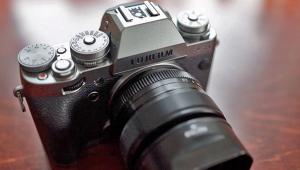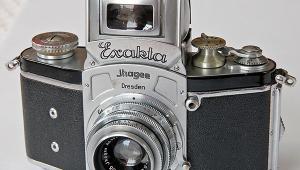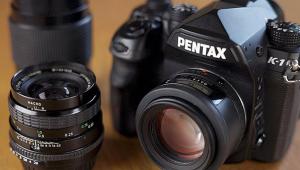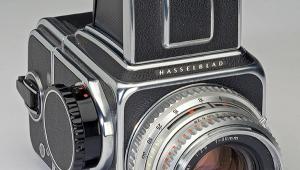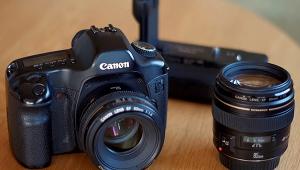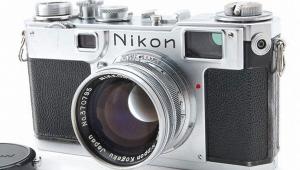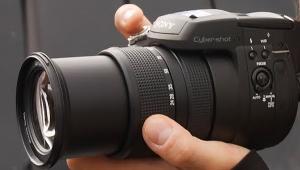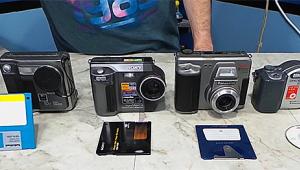The Gallus Derby Lux; On The Strength Of The Lens Cap Alone…
Never before have I bought a camera on the strength of its lens cap, but I could not resist the magnificently moustachio’d Gaul on the lens cap of the Gallus Derby Lux. For 12 euros (about $15) at the Pas-de-Jeu vide-greniers, a sort of annual, village-wide yard sale, the camera was mine. Later, when I found it was valued by some of the collector catalogs at over $100, I felt even better about the deal.
The original Foth Derby, on which the Gallus is based, is one of life’s great might-have-beens. Introduced in 1930 with a focal-plane shutter, it could have been a contender against the Leica—except that it used 127 film and the focal-plane shutter is completely independent from the film wind. If only they had used 35mm, and coupled the shutter to the film wind.
 |
|
 |
|
|
Be that as it may, Foth relocated to Paris during World War II, and from about ’47-’52 the Derby was resurrected as the Derby Lux by the well-established French camera manufacturer Gallus, known in the ’20s for their stereo “Jumelle” cameras and in the ’30s for their rollfilm folders.
It’s a strange looking yet curiously handsome little beast in polished light alloy (not stainless steel as reported in some quarters) with absolutely no body covering: no leather, leatherette, rubber, or even paint. More than half a century on, the polished metal has oxidized differentially, with the rather dull gray die-cast body (two halves, front and rear) contrasting with the brighter silver of the front panel: a sort of brutal machine aesthetic.
Controls are few, and self-evident: this is not the sort of camera for which you need an instruction manual. Pop open the back by pushing down the sliding button on the side, and it swings open on magnificently substantial hinges to reveal the film chamber and the vertical film gate, 3x4cm nominal, 29.5x38mm (1.16x1.5”) actual. It’s 16-on-127, so film advance is via two red windows in the back, using the 8-on backing numbers. With the big left-hand spindle knob, bring 1 into the right-hand window, shoot, bring it into the left-hand window, shoot, bring 2 into the right-hand window, etc. The windows have no shutters so light-strike with modern fast films is a risk. Curiously, the pressure plate (polished light alloy, on a spring) has four holes, not two, and the back of the camera appears to have four holes but two are blocked off permanently.
 |
|
|
|
 |
All right: we have #1 in the right-hand window: what next? Well, first, pull out the front standard. The Derby is a “doppel-klapp” camera, with two little X-struts supporting the front. There’s no lock either way—you just pull it out and push it in—and the X-struts are not used for focusing the 50mm f/3.5 Gallix that lurks behind that beautiful lens cap. No: there’s a separate helical mount for that, scaled (in meters only) infinity-10-7-4-3-1.75-1.50-1.25-1 meter (39.4”) but focusing somewhat closer, maybe 80cm/about 30”.
- Log in or register to post comments
